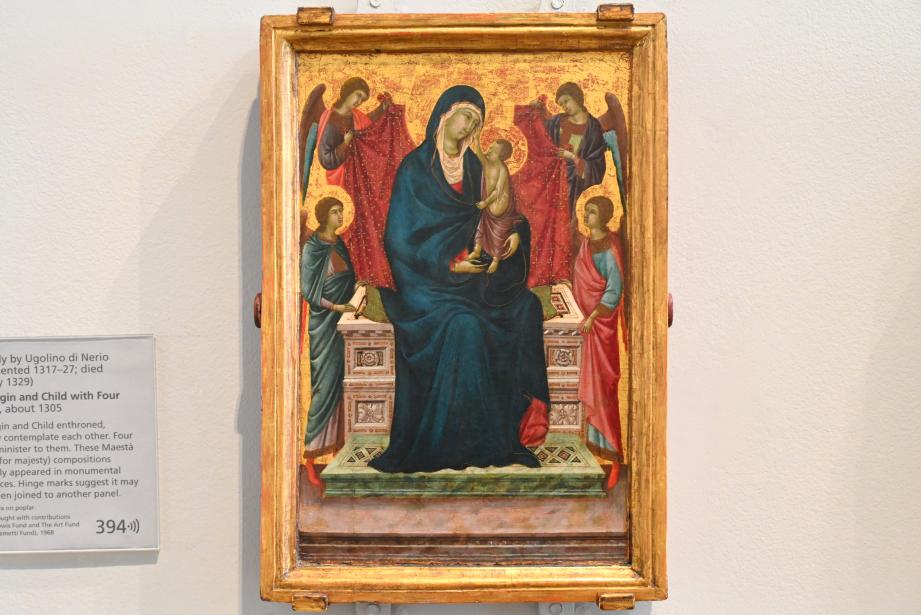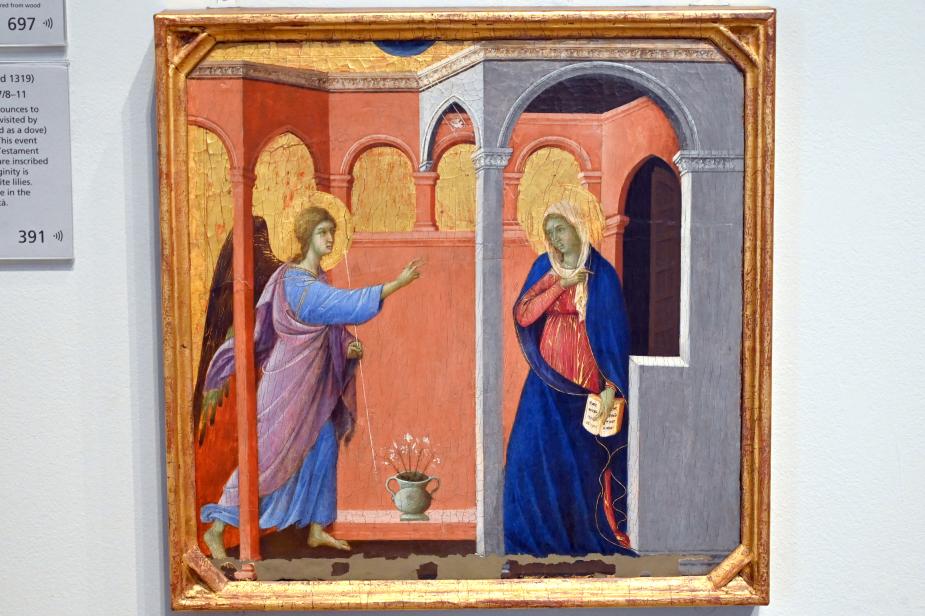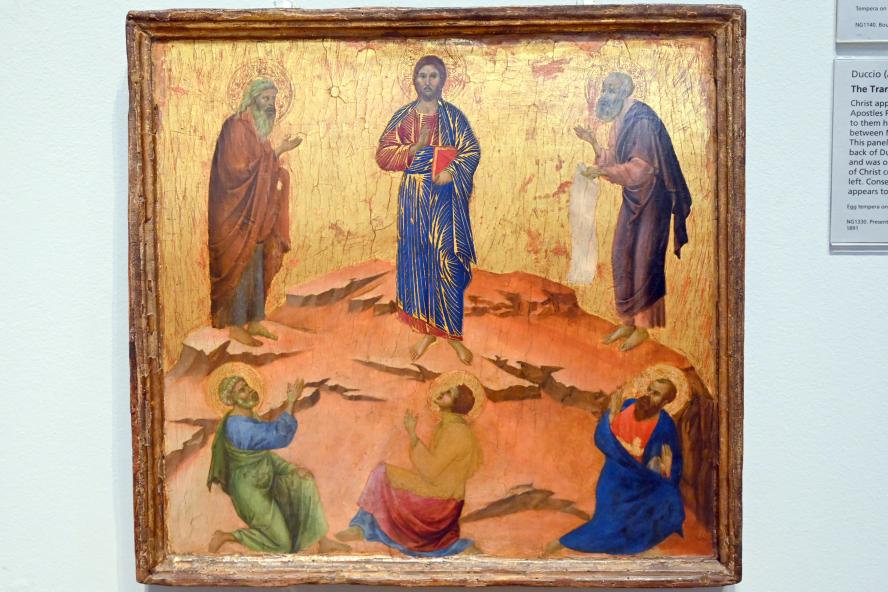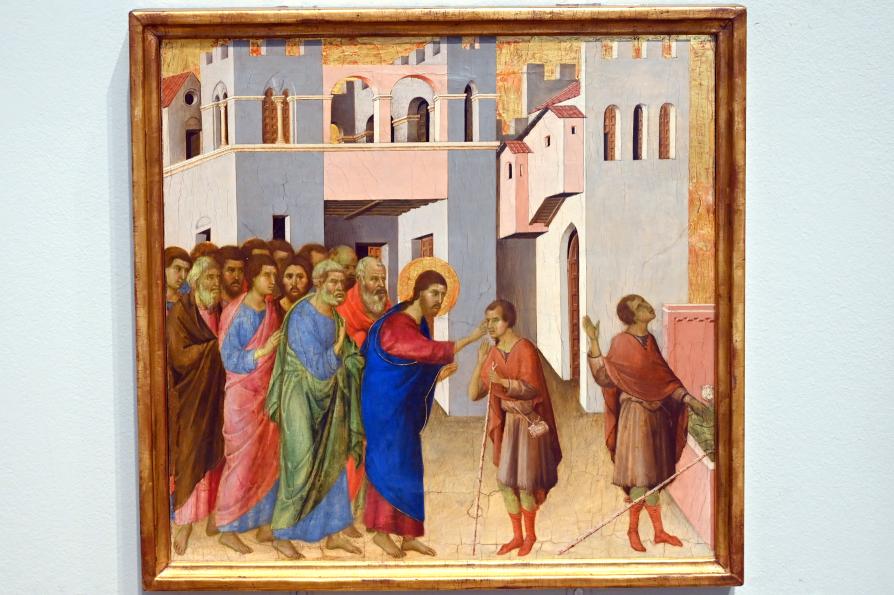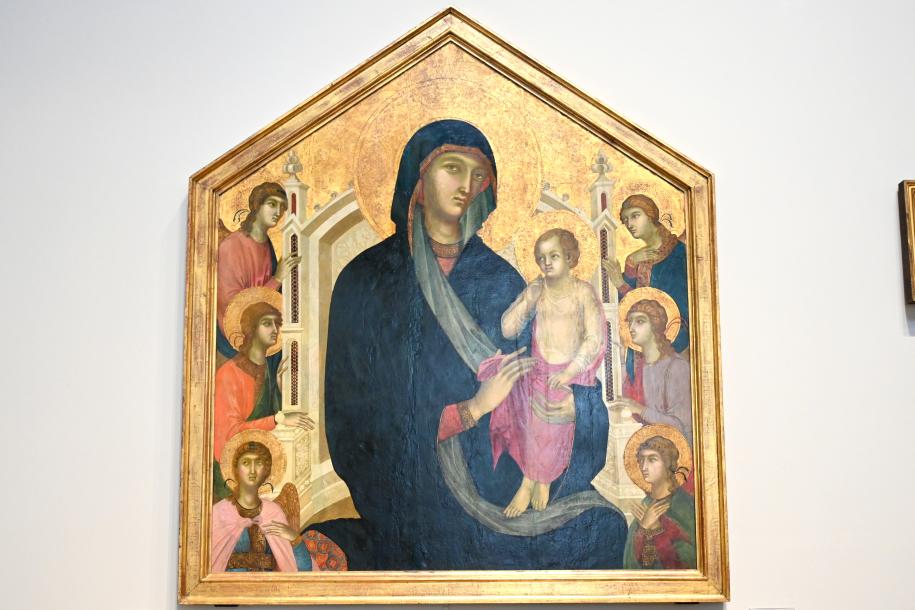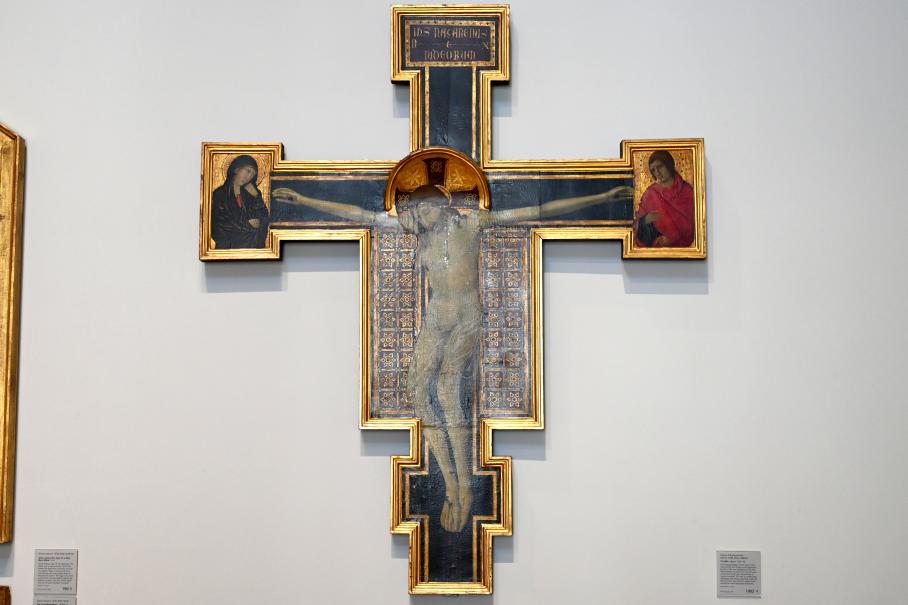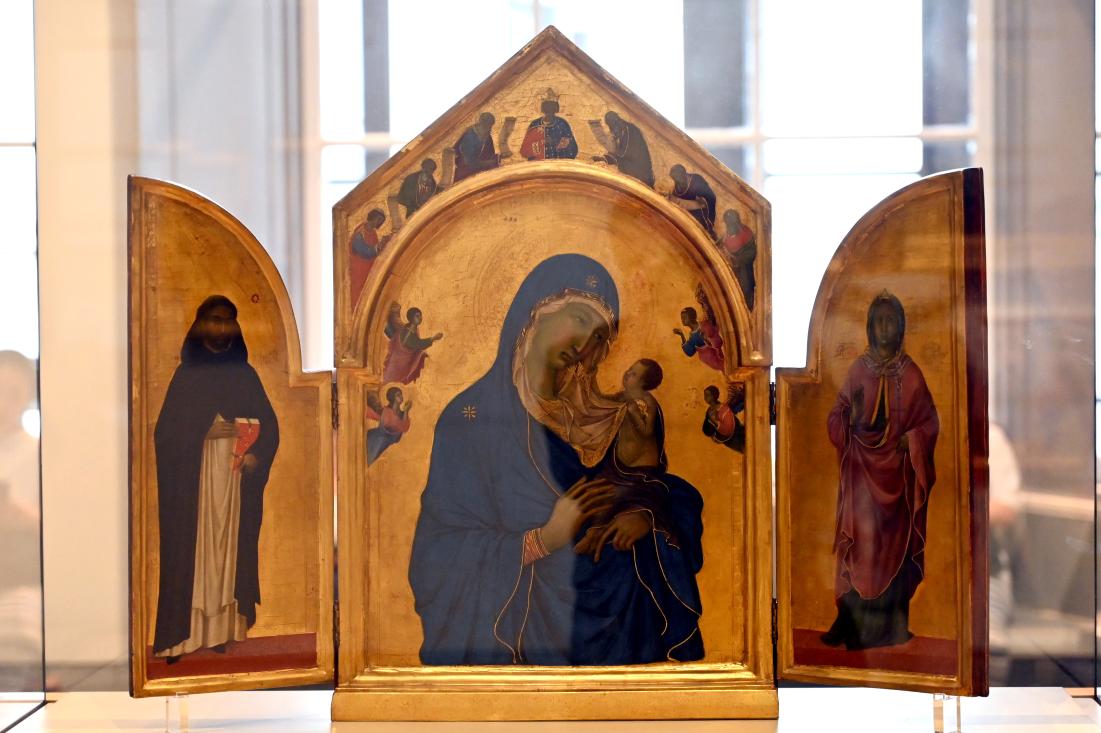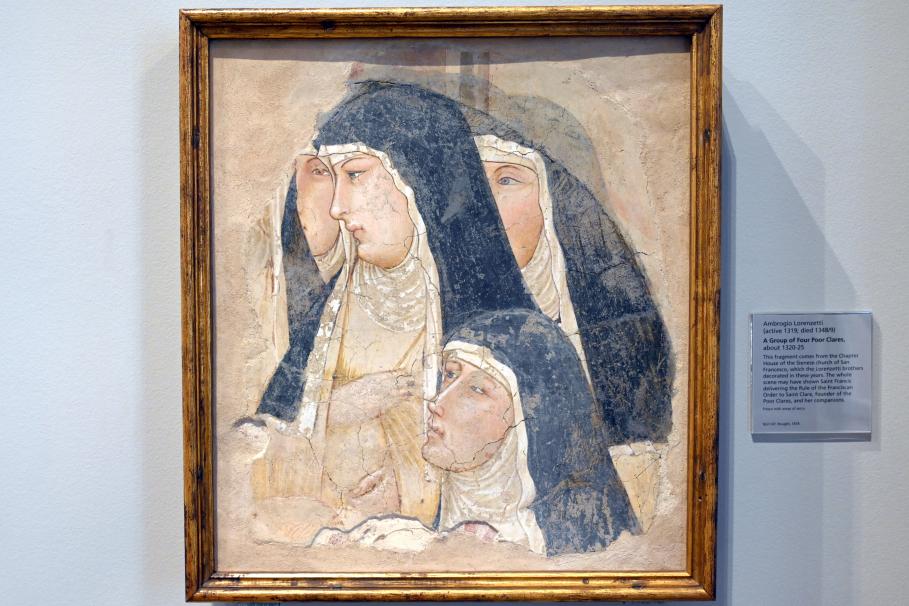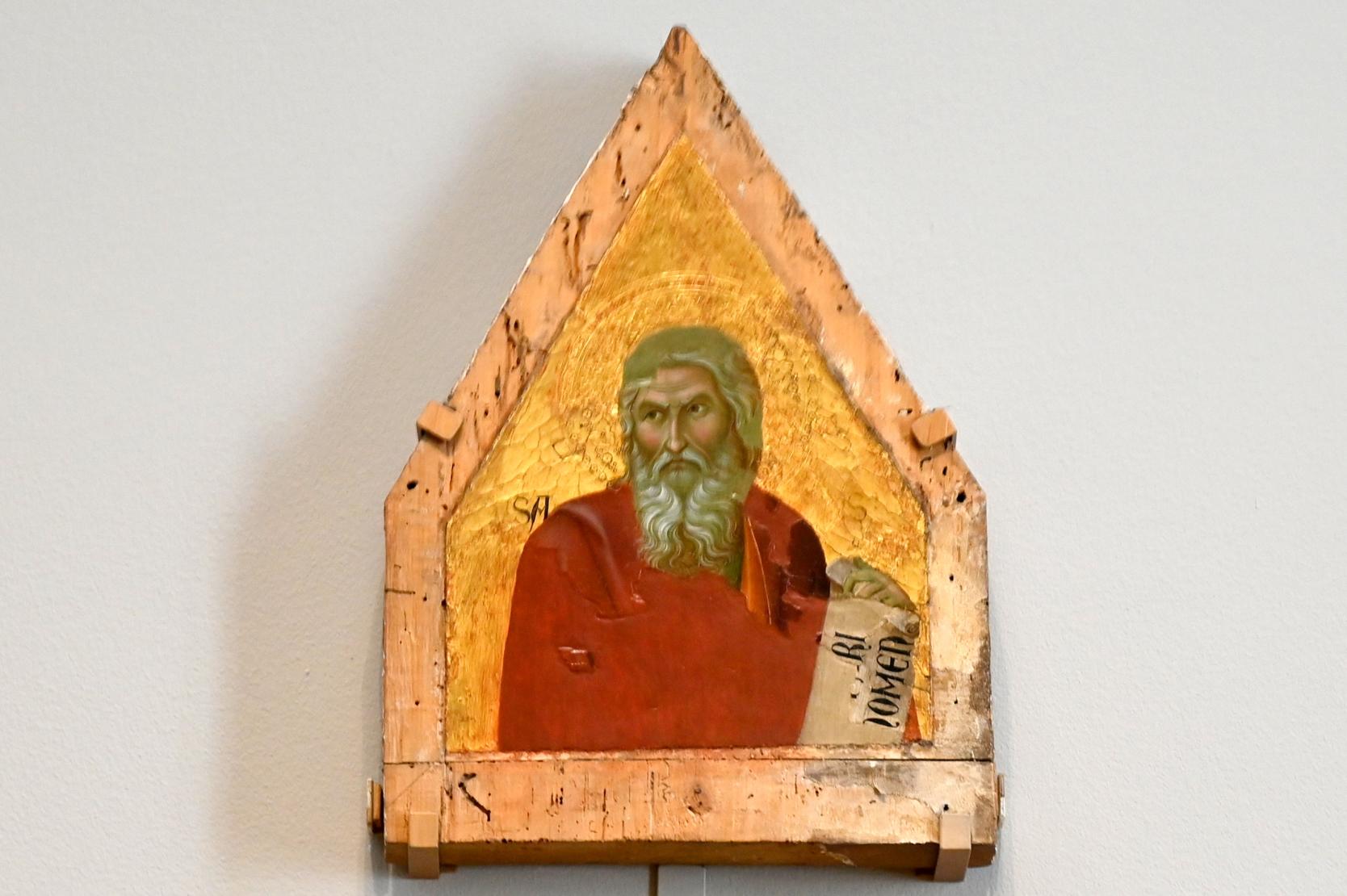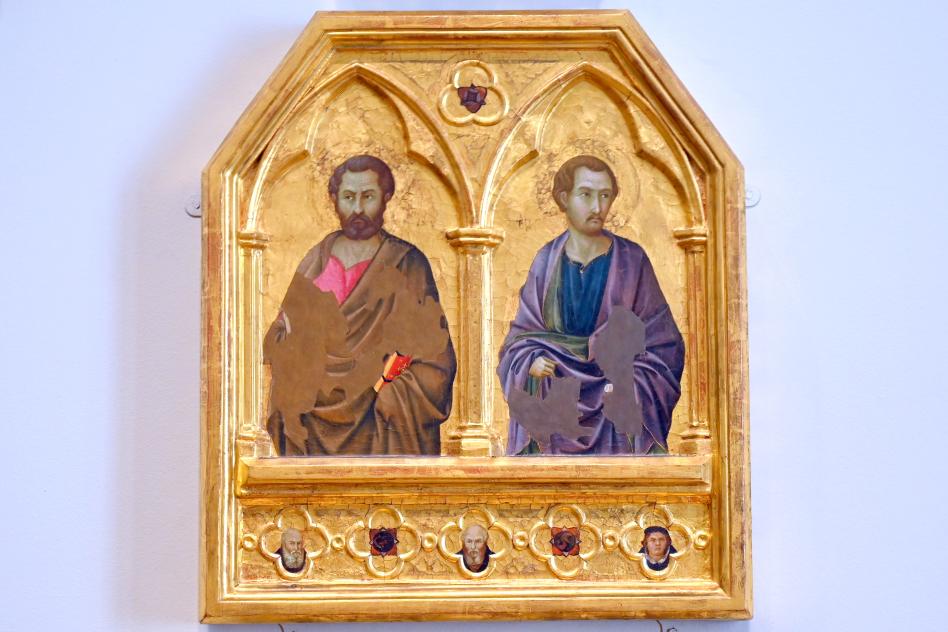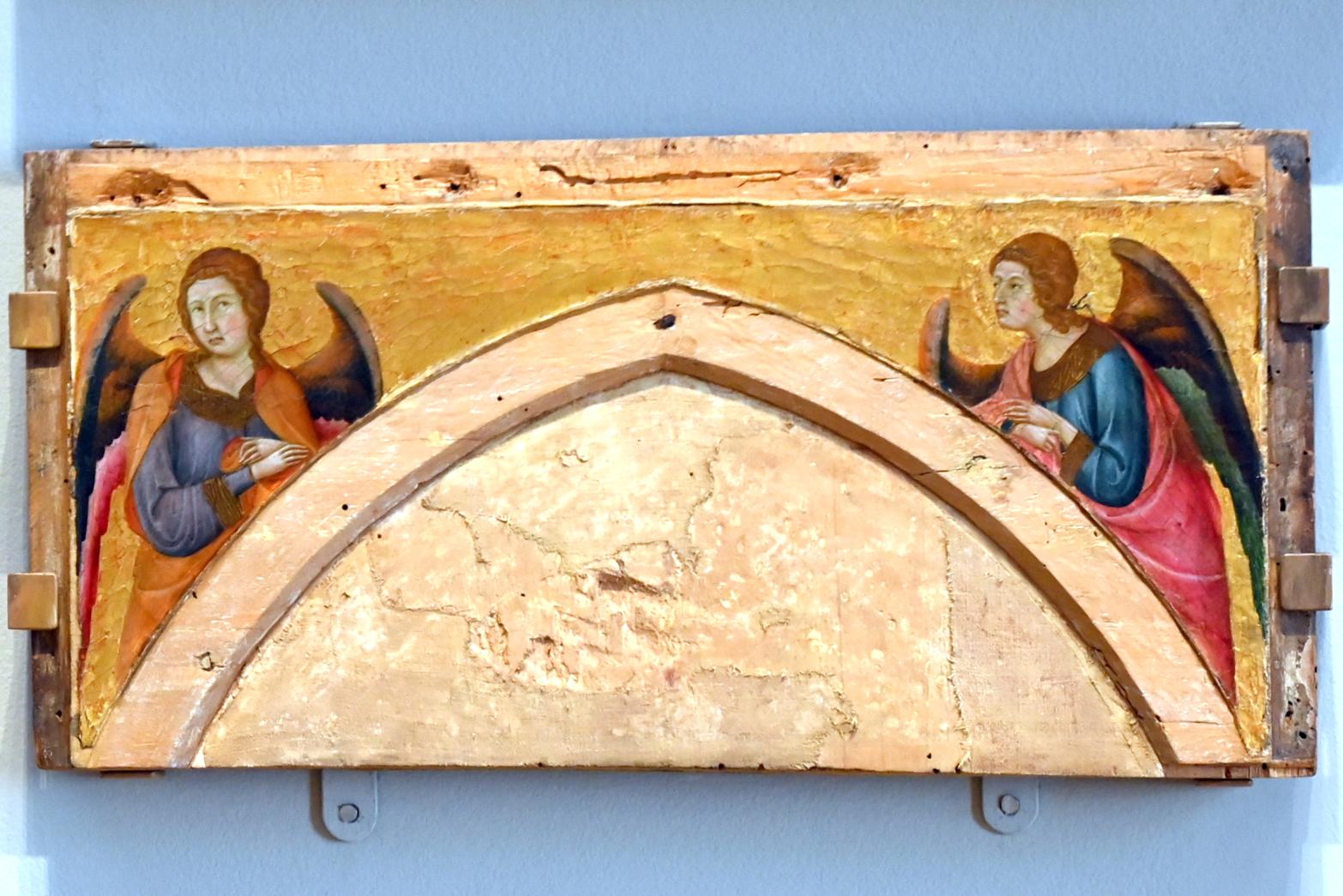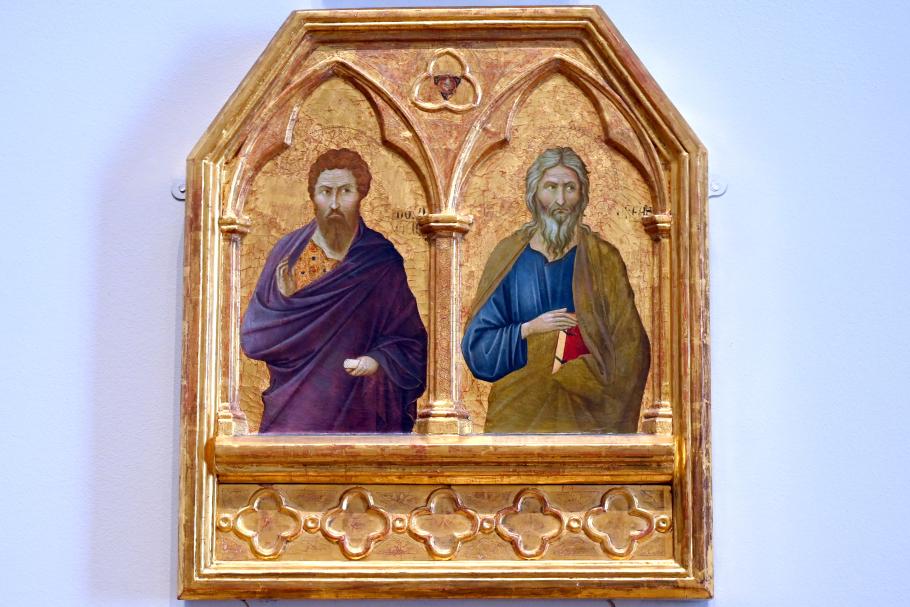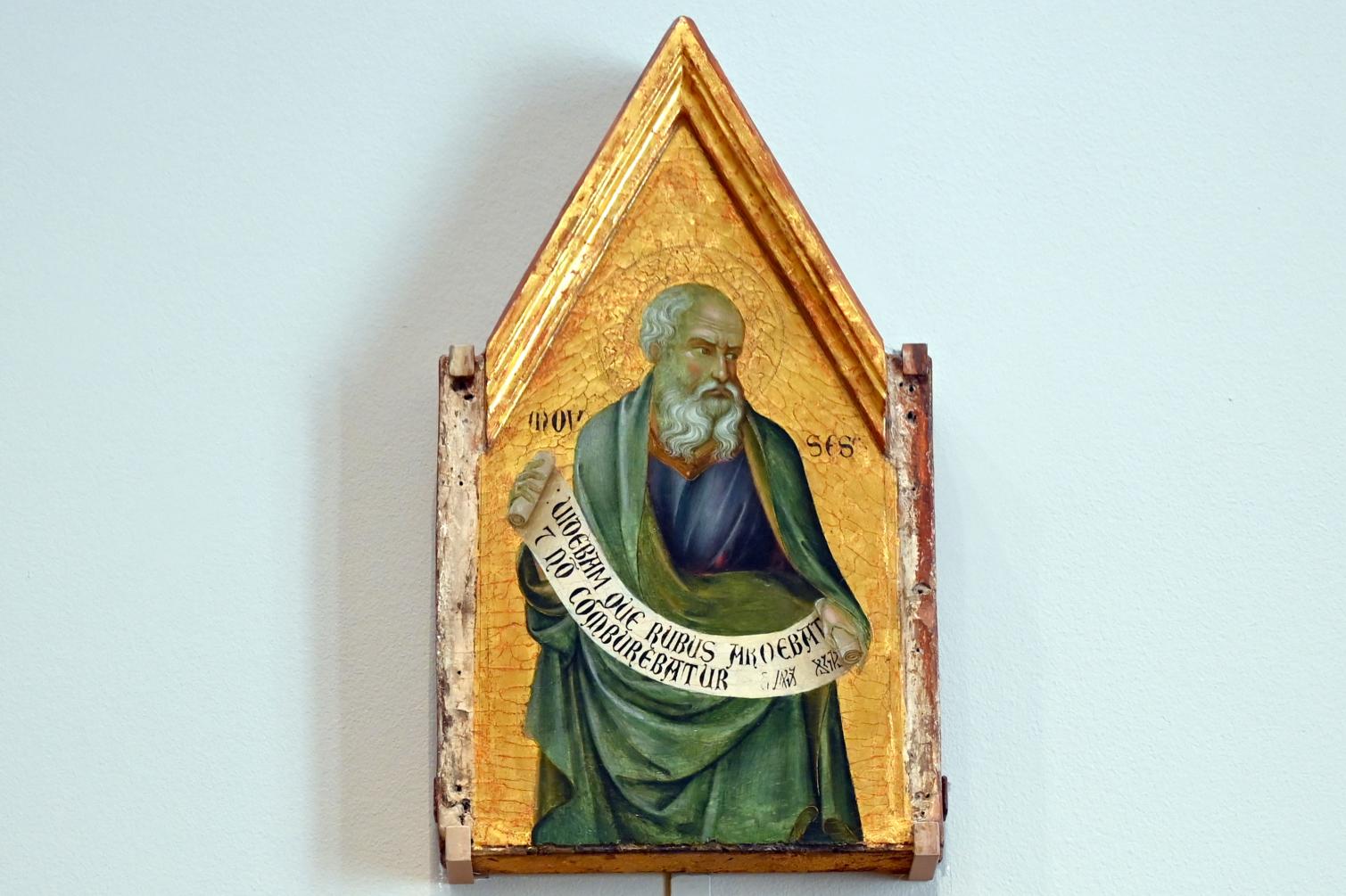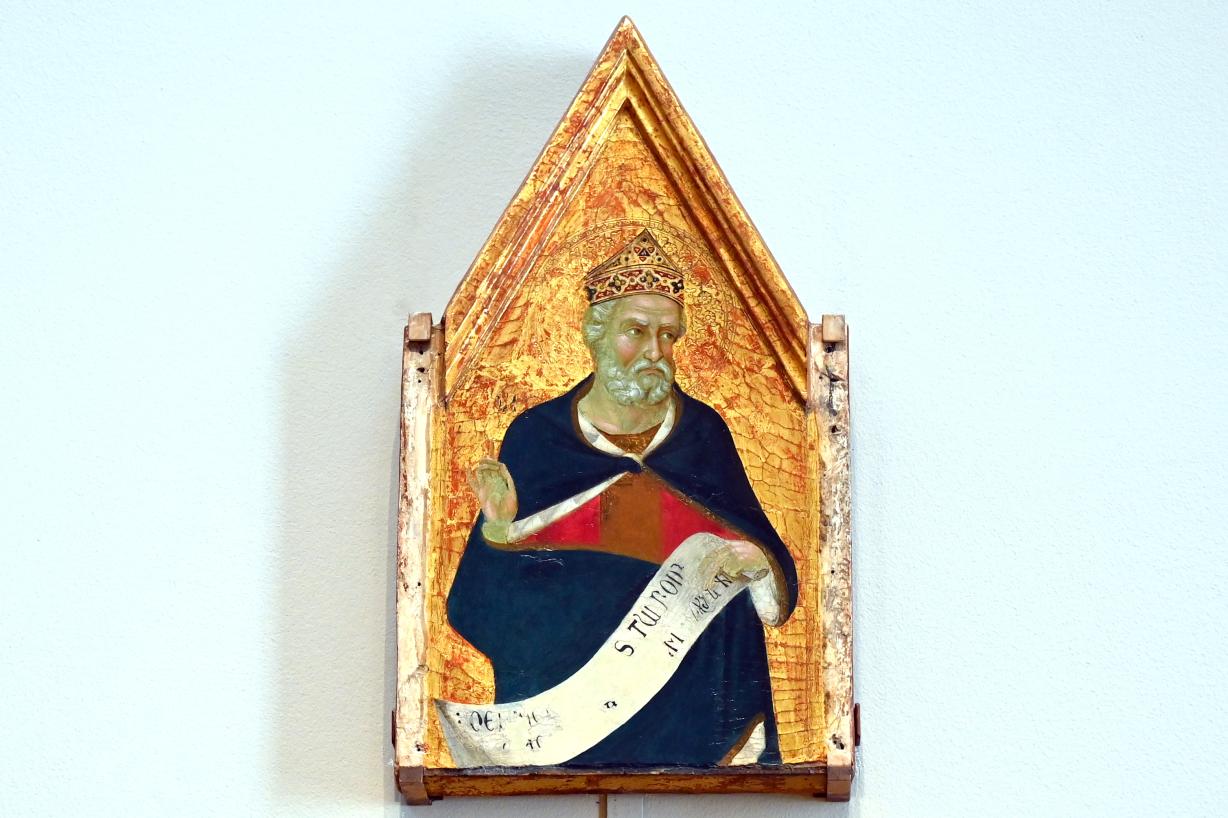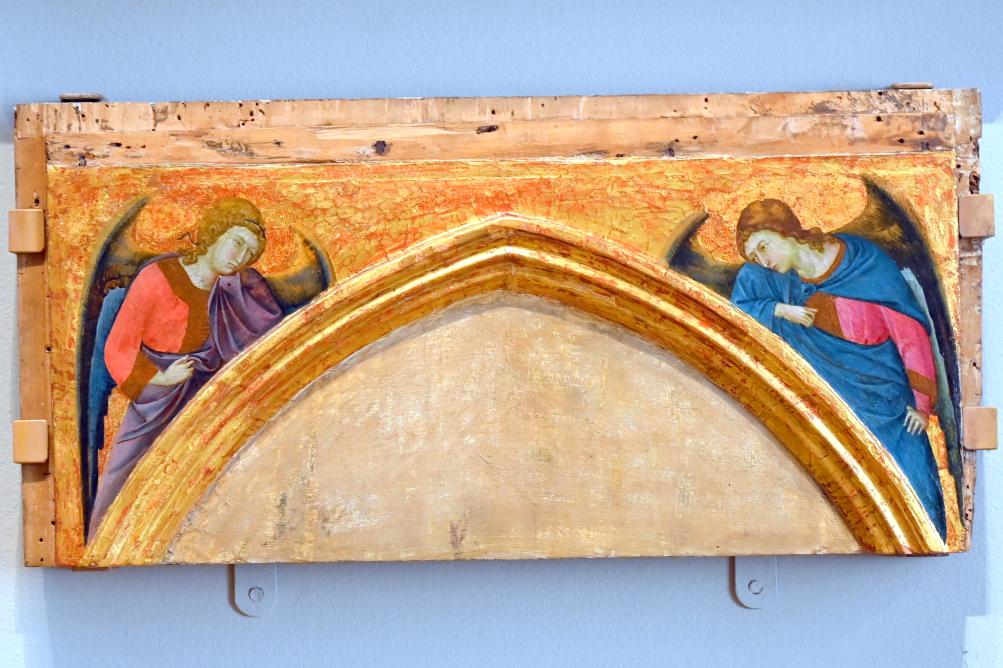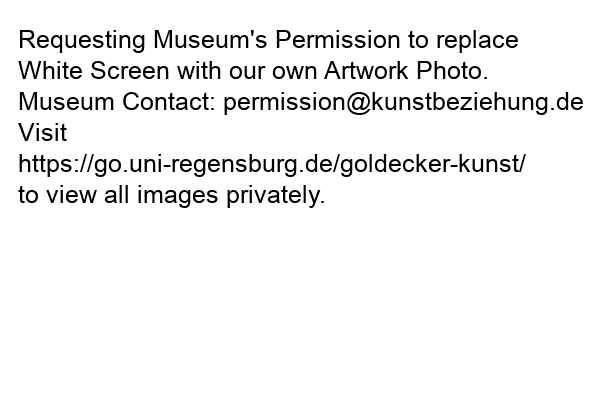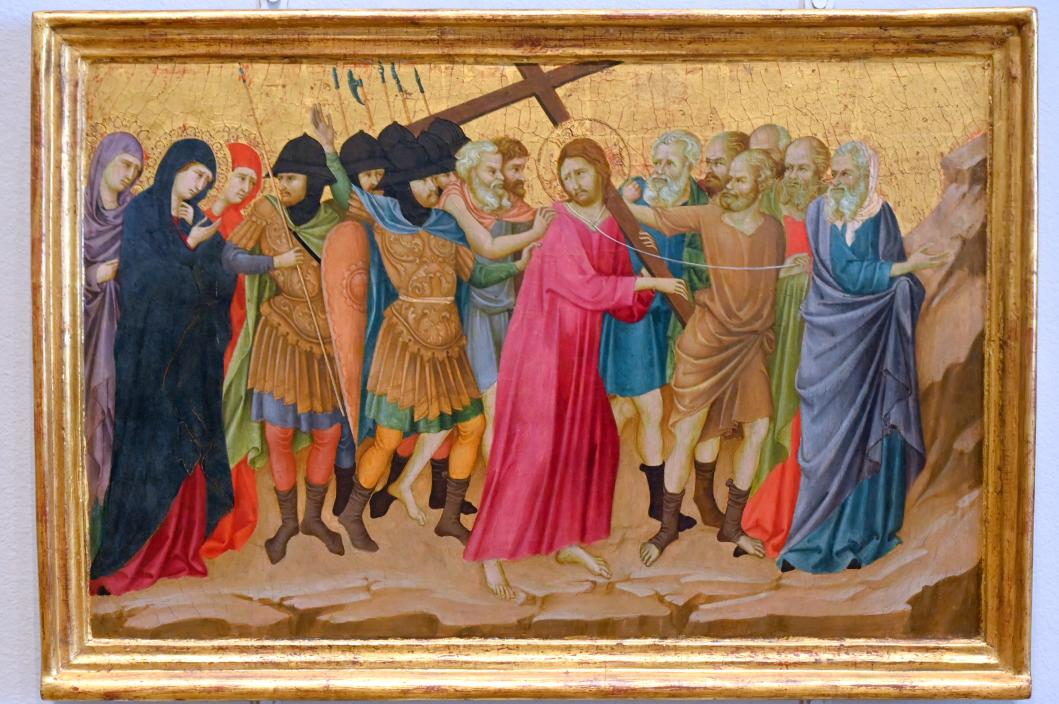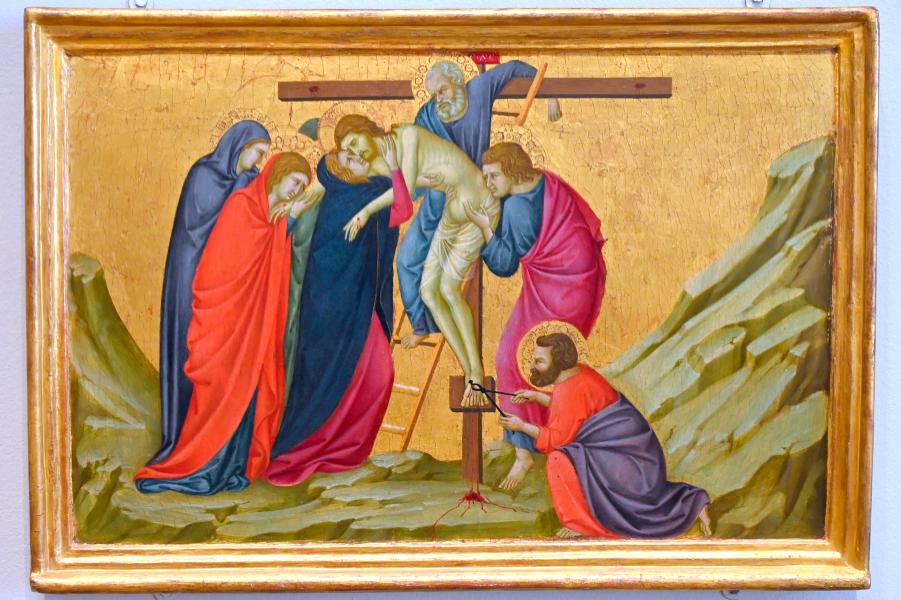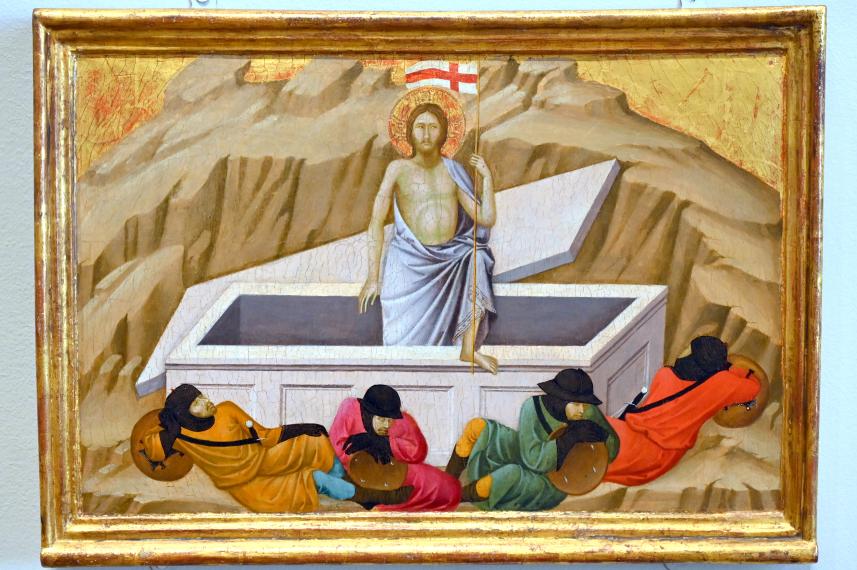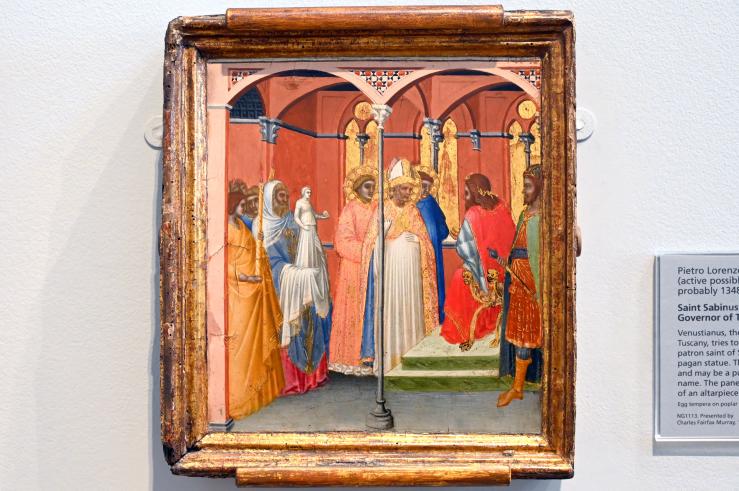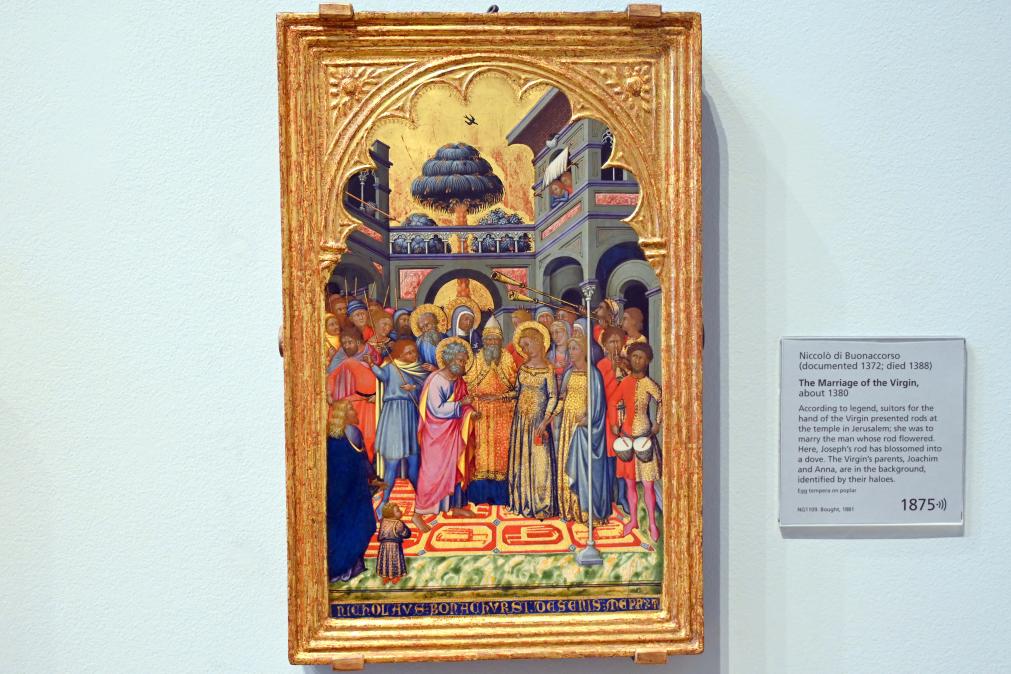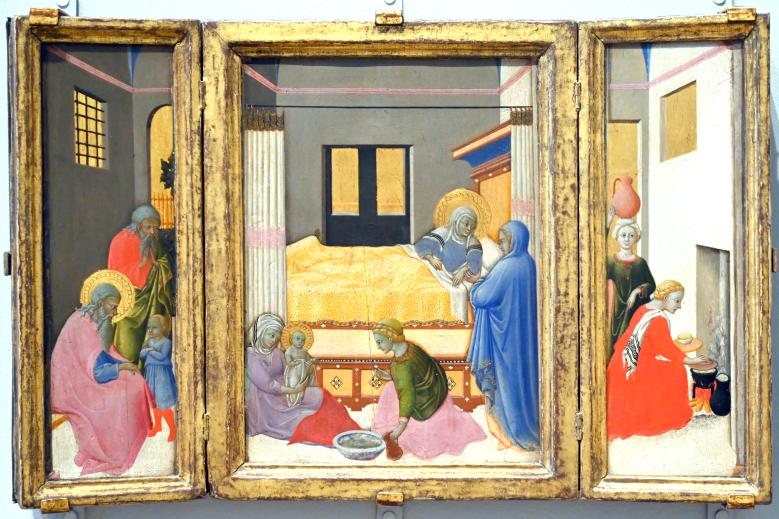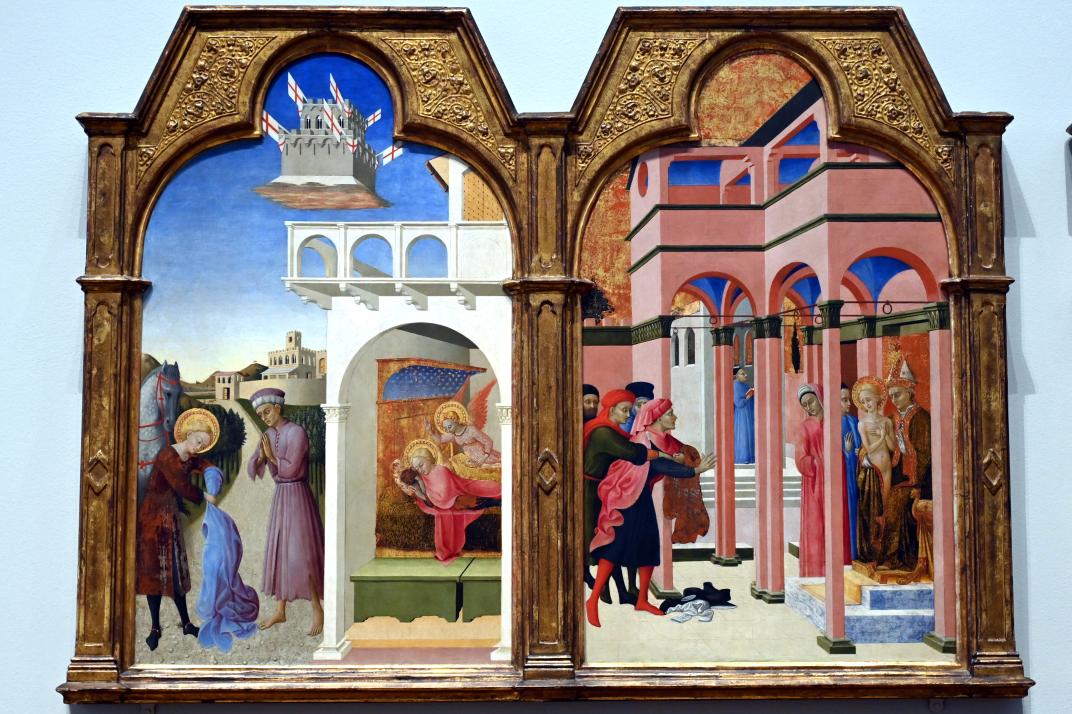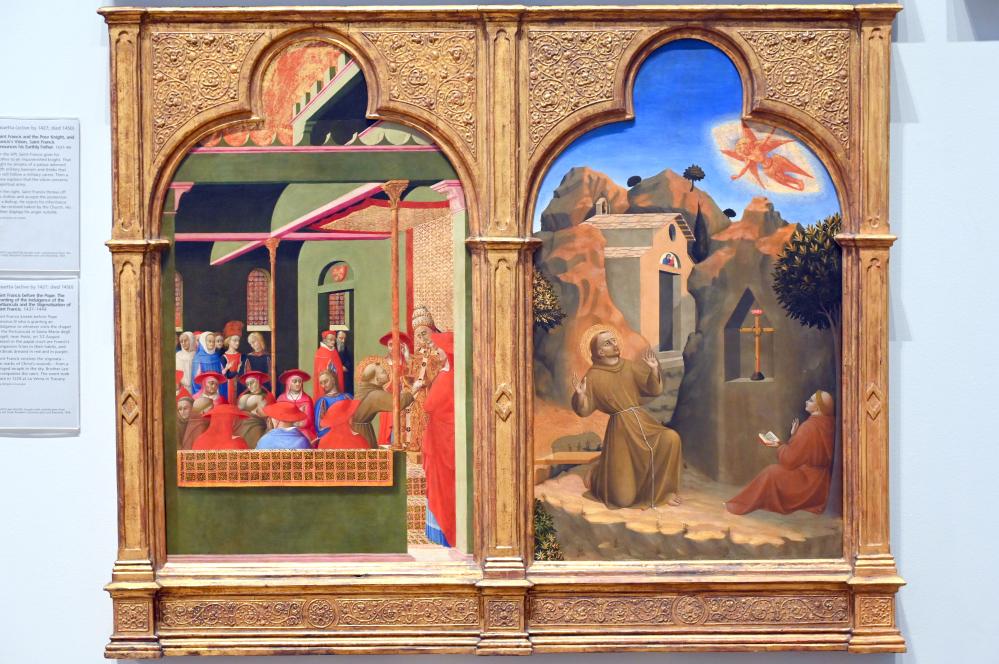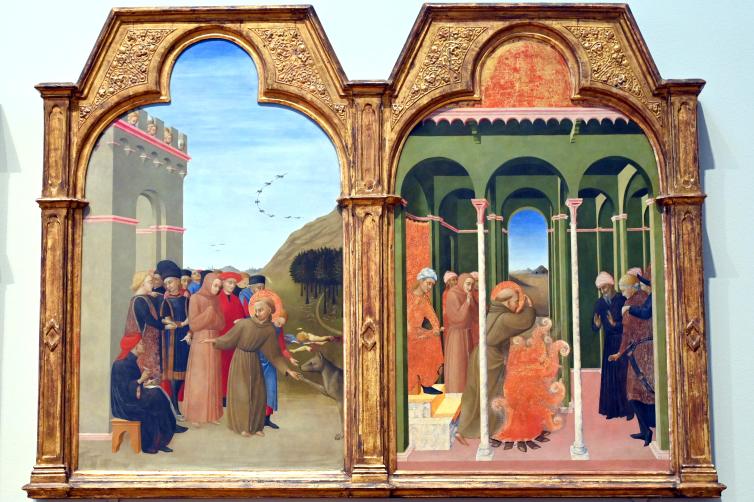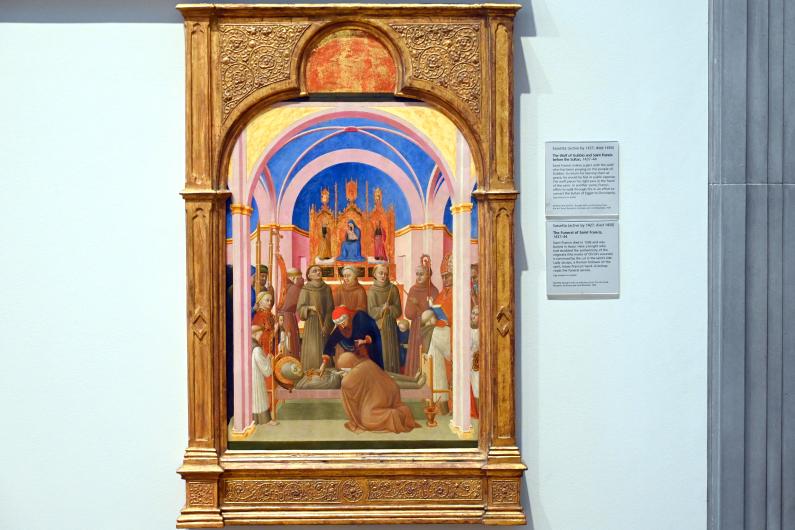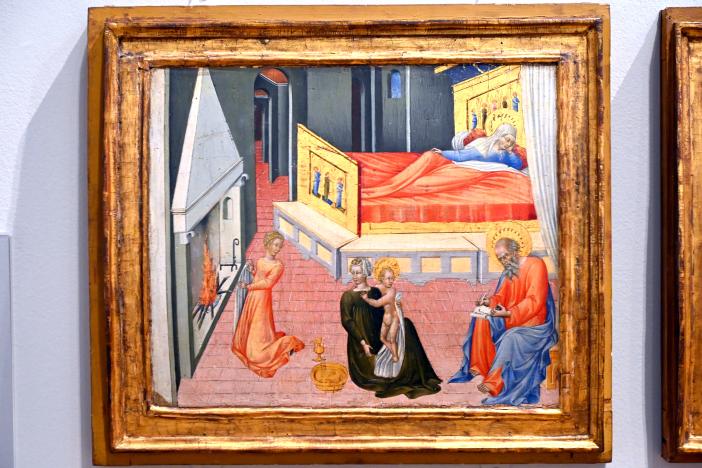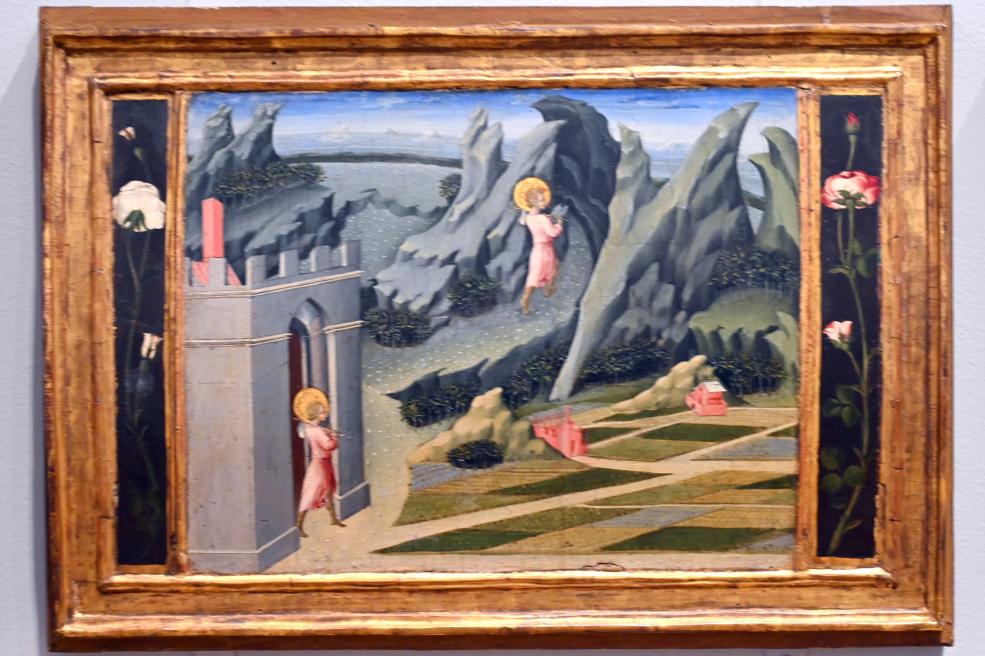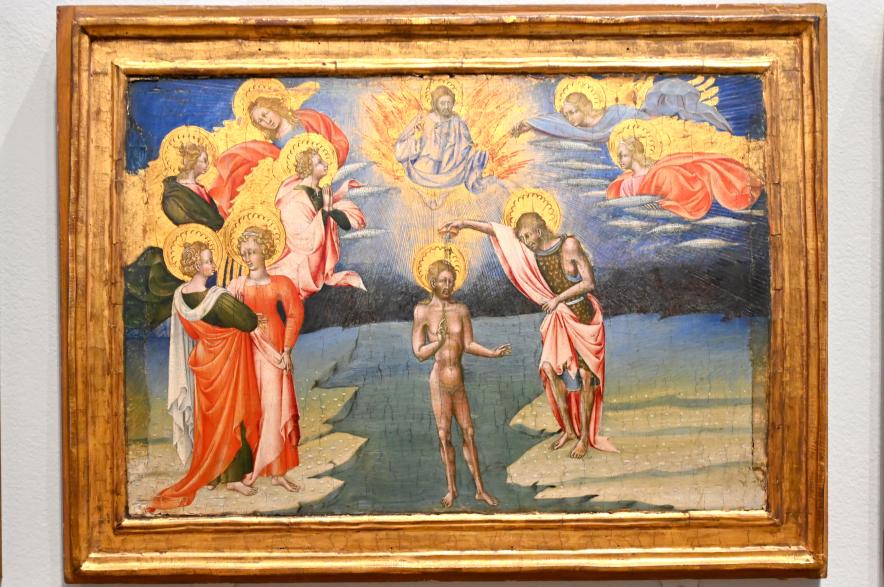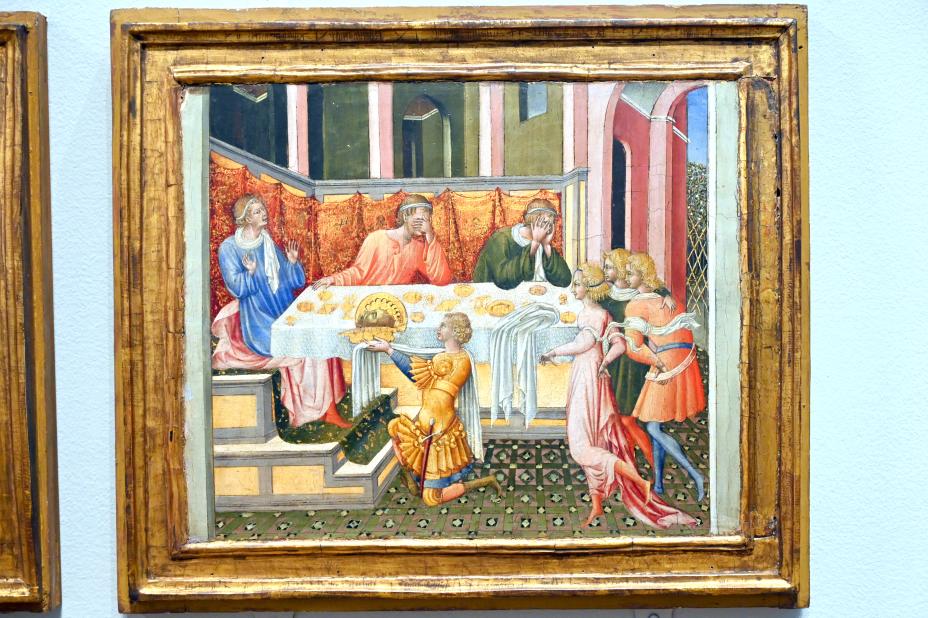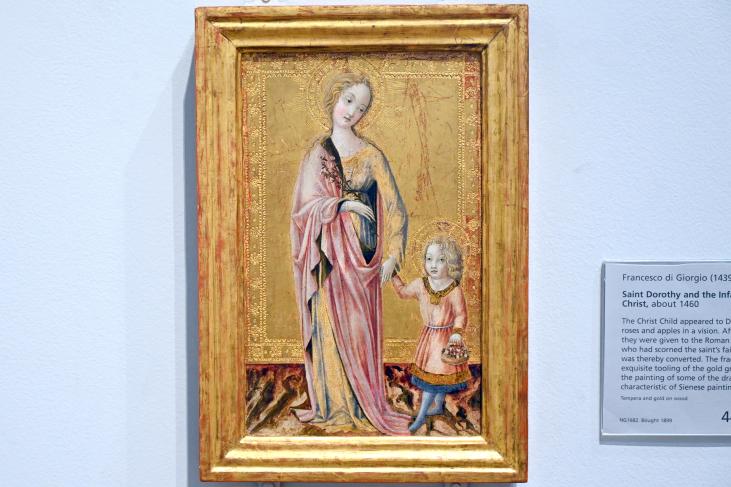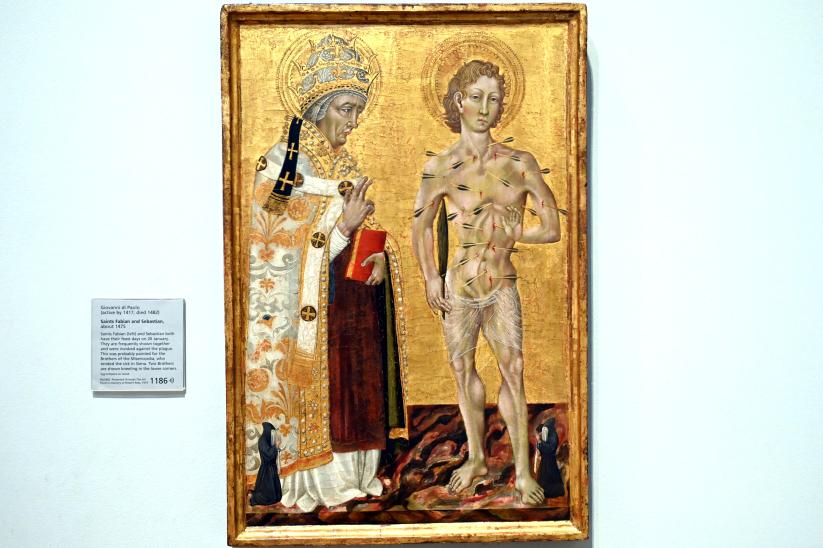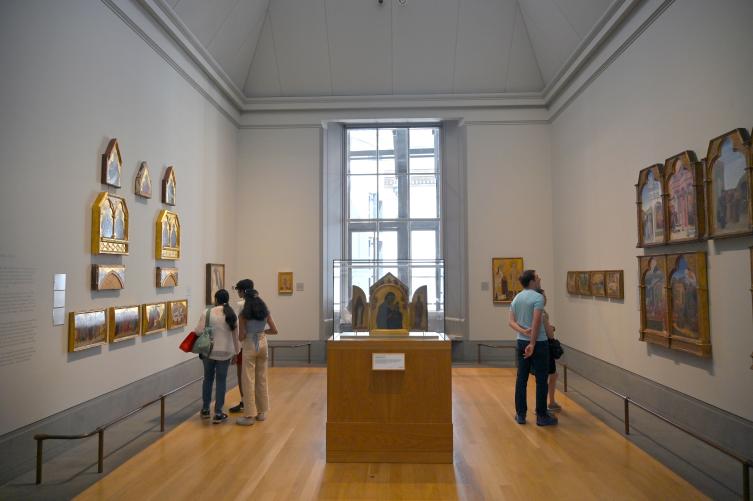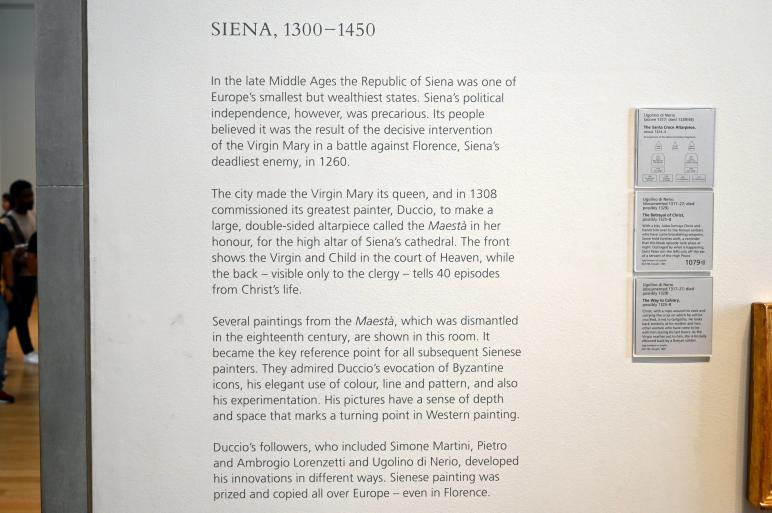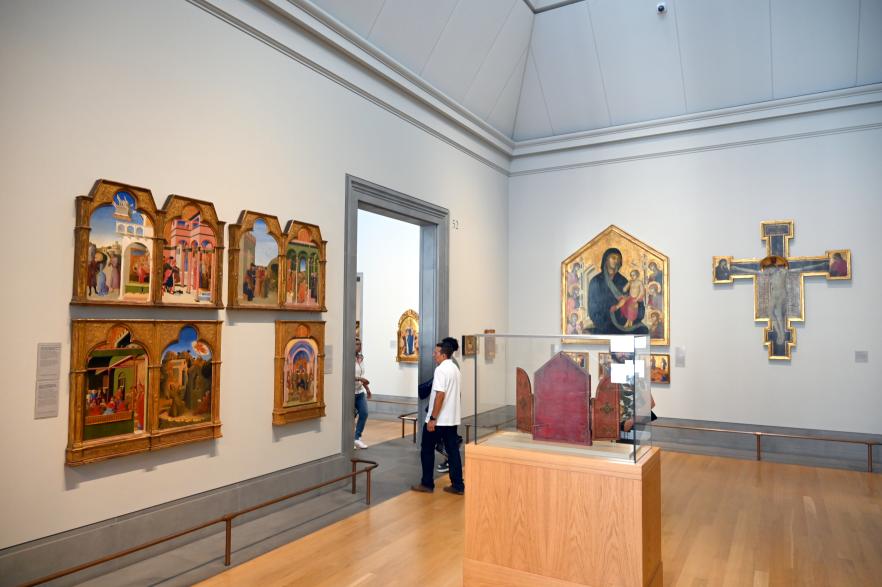Position London, National Gallery
Bedeutende Künstler in London, National Gallery, Saal 52 (1305–1475)
Künstler in London, National Gallery, Saal 52
Ambrogio Lorenzetti
um 1290 Siena - um 1348 Siena
Duccio di Buoninsegna
um 1255 Siena - 1318/19 Siena
Giovanni di Paolo
um 1403 Siena - 1482 Siena
Meister der Albertini
tätig 1290 - 1320
Meister der Osservanza (Sano di Pietro?)
vor 1440 - nach 1480
Stefano di Giovanni di Consolo (Sassetta)
um 1392 Siena - 1450 Siena
London, National Gallery, Saal 52 (Inventar-Nr. NG1139)
um 1307–1311
London, National Gallery, Saal 52 (Inventar-Nr. NG1330)
1307–1311
London, National Gallery, Saal 52 (Inventar-Nr. NG1140)
1311
London, National Gallery, Saal 52 (Inventar-Nr. NG565)
um 1310–1315
London, National Gallery, Saal 52 (Inventar-Nr. NG567)
um 1310–1315
London, National Gallery, Saal 52 (Inventar-Nr. NG1147)
um 1320–1325
Florenz, Franziskanerkirche Santa Croce, Hochaltar
Jetzt: London, National Gallery, Saal 52 (Inventar-Nr. NG3376)
um 1324–1325
Florenz, Franziskanerkirche Santa Croce, Hochaltar
Jetzt: London, National Gallery, Saal 52 (Inventar-Nr. NG3377)
um 1324–1325
Florenz, Franziskanerkirche Santa Croce, Hochaltar
Jetzt: London, National Gallery, Saal 52 (Inventar-Nr. NG3378)
um 1324–1325
Florenz, Franziskanerkirche Santa Croce, Hochaltar
Jetzt: London, National Gallery, Saal 52 (Inventar-Nr. NG3473)
um 1324–1325
Florenz, Franziskanerkirche Santa Croce, Hochaltar
Jetzt: London, National Gallery, Saal 52 (Inventar-Nr. NG6484)
um 1324–1325
Florenz, Franziskanerkirche Santa Croce, Hochaltar
Jetzt: London, National Gallery, Saal 52 (Inventar-Nr. NG6485)
um 1324–1325
Florenz, Franziskanerkirche Santa Croce, Hochaltar
Jetzt: London, National Gallery, Saal 52 (Inventar-Nr. NG6486)
um 1324–1325
Florenz, Franziskanerkirche Santa Croce, Hochaltar
Jetzt: London, National Gallery, Saal 52 (Inventar-Nr. NG1188)
um 1325–1328
Florenz, Franziskanerkirche Santa Croce, Hochaltar
Jetzt: London, National Gallery, Saal 52 (Inventar-Nr. NG1189)
um 1325–1328
Florenz, Franziskanerkirche Santa Croce, Hochaltar
Jetzt: London, National Gallery, Saal 52 (Inventar-Nr. NG3375)
um 1325–1328
Florenz, Franziskanerkirche Santa Croce, Hochaltar
Jetzt: London, National Gallery, Saal 52 (Inventar-Nr. NG4191)
um 1325–1328
London, National Gallery, Saal 52 (Inventar-Nr. NG1109)
um 1380
London, National Gallery, Saal 52 (Inventar-Nr. NG5114)
um 1440
London, National Gallery, Saal 52 (Inventar-Nr. NG3402)
um 1475
London, National Gallery, Saal 52
Herkunftsorte
